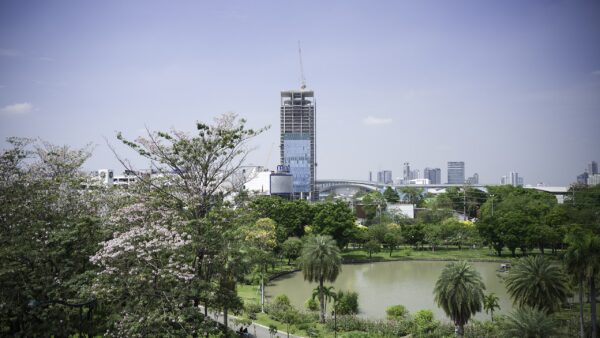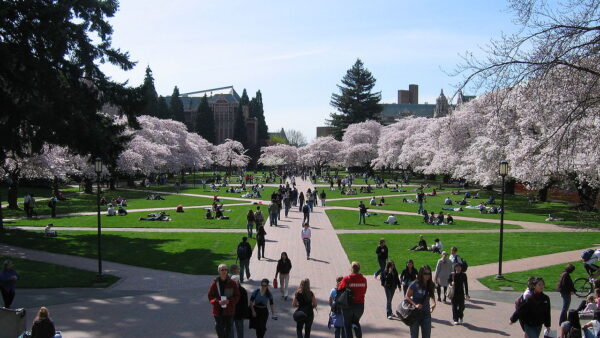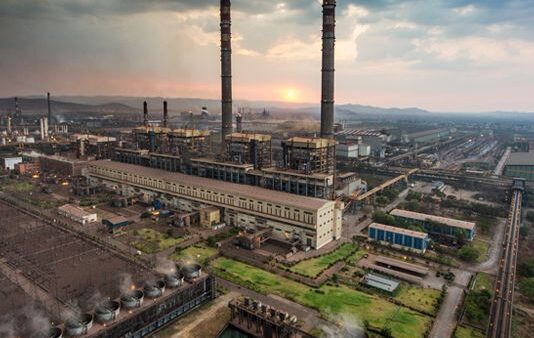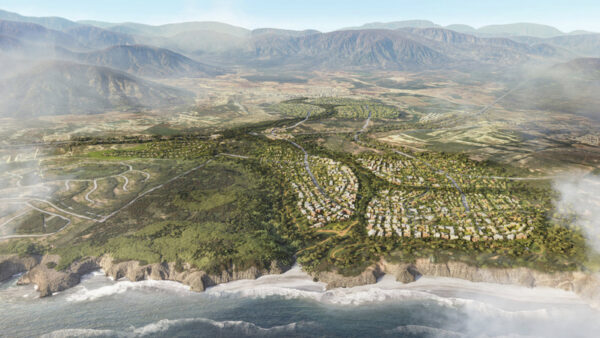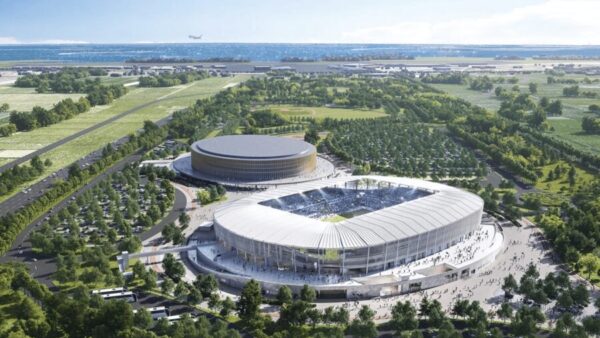The governments of Panama and Japan have agreed a $2bn deal to finance the construction of a monorail for Panama City.
The system will form the city’s new Metro Line 3, and will use “high-quality Japanese technology”.
When complete in 2022, the 27km line will carry commuters from the province of West Panama over the Panama Canal to Panama City in less than 45 minutes. The journey can take up to three hours now, owing to traffic congestion.
This is the start of a new era of cooperation with Japan, and is very important for Panama– Hitoshi Kikawada, Japan’s deputy minister of foreign affairs
Japanese firms have expressed interest in building the link. A spokesperson for Hitachi said his company was “highly interested”, and Mitsubishi has also indicated that it will bid for work.
The lion’s share of the finance for the scheme is likely to be provided by the Japanese Bank for International Cooperation, although the lending terms have not yet been agreed.
Hitoshi Kikawada, Japan’s deputy minister of foreign affairs, signed a memorandum of cooperation with his Panamanian opposite number Luis Miguel Hincapie in Tokyo on 14 January. Panamanian president Juan Carlos Verela will sign the actual contract during a visit to Japan planned for April.
Hicapie told Bloomberg: “This is the start of a new era of cooperation with Japan, and is very important for Panama.”
The deal is also important for Japan’s prime minister, Shinzo Abe, who is relying on infrastructure exports to improve the country’s economic growth. Japan has already exported monorail systems to Dubai and China, and its regional ally India has decided to adopt the Shinkansen “bullet trains”.
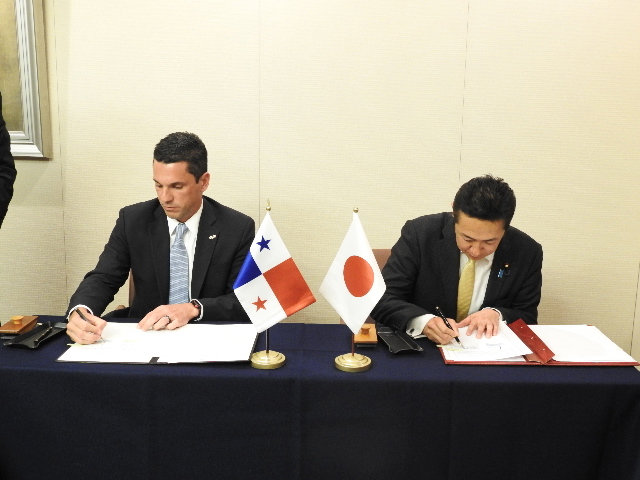
The deputy foreign ministers sign their memorandum in Tokyo (Government of Panama)
Abe’s plan saw setbacks in Indonesia, where Japan lost out to China in a bitter contest to develop a new high-speed rail line.
Japan has also been carefully courting the United States to adopt another of its rail technologies – magnetic levitation, or maglev – and its hopes will have soared late last year when the US government relented and agreed to offer $28m for a feasibility study into a 500km/h maglev rail link between Baltimore and Washington, DC.
The first phase of the Panamanian scheme to be built will be the eastern section, connecting Albrook with Nuevo Chorrillo via Arraiján. This service would use a six-car set over 17.5km of track, and would carry up to 40,000 passengers an hour.
The second phase will extend the line from Nuevo Chorrillo to Ciudad del Futuro. The project includes the construction of 14 elevated stations.
For a video of JICA’s plans for the project, navigate here.
Top photograph: Tokyo’s monorail is the world’s busiest, with 100 million passengers a year





